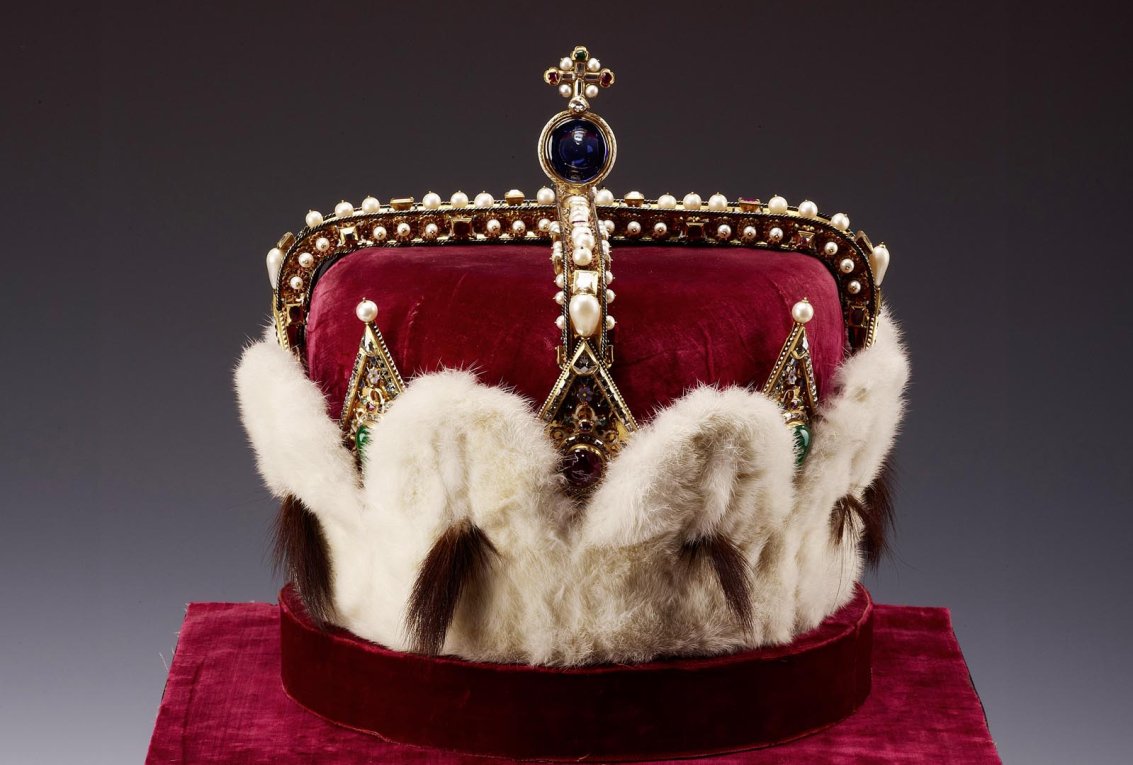
The treasure consists of three rooms, two of them in contemporary design. The third one preserves the original treasure cupboards from 1676.
Indeed, the artefacts presented are first-class attractions: historically, they range from the days when the abbey was founded until 21st century, from the legendary, yet scientifically tested, genuine Veil of Margravine Agnes and an ivory box called the “Writing Set of St. Leopold” to the Regalia designed 1910 in art nouveau style by Anton Hofer, a student in Kolo Moser’s class; from an ivory crozier dating from the 14th century, reliquary caskets from Limoges and a chalice made of gold which was washed out of the Danube to the splendid monstrance, commissioned by the abbey in the jubilee year 1714 and made by Vienna’s leading goldsmith, Johann Baptist Känischbauer.
The Margrave’s Regalia is also on display. This robe designed for Mass was allegedly made from garments worn by Saint Leopold (in fact, it dates from the 14th century) and was the model for the heraldic emblem of the Province of Lower Austria. The collection contains other liturgical garments from one of the most important parament collections of Austria, which has been housed by the abbey almost unnoticed so far.
The major object of the treasure is the “holy crown of Austria”, the Austrian Archducal Coronet. It makes the Klosterneuburg treasure one of the most significant historical venues in Austria. Jewelled with rubies, emeralds, sapphires and pearls, the Coronet has been preserved in the Abbey’s Treasure since 1616. Following the examples of the “holy crowns” of Hungary (Crown of Saint Steven) and Bohemia (Crown of Saint Wenceslas) it was also designed as a holy crown and an insignia of absolute power. In the same way as the other two crowns, the Archducal Coronet is also dedicated to a saint: the founder of the abbey and patron of Lower Austria, Saint Leopold.
